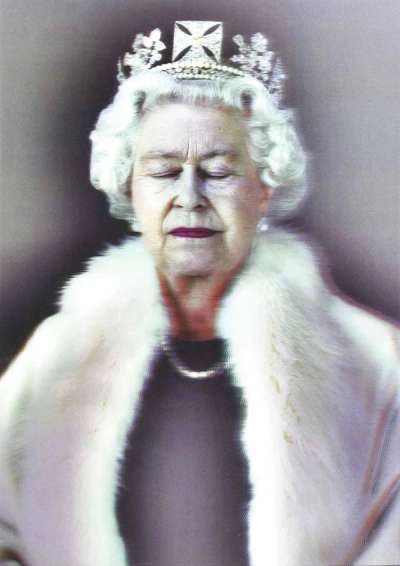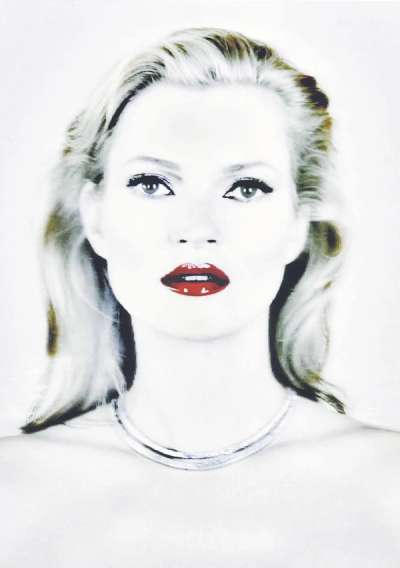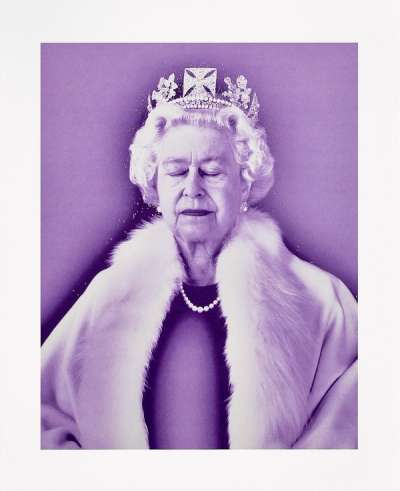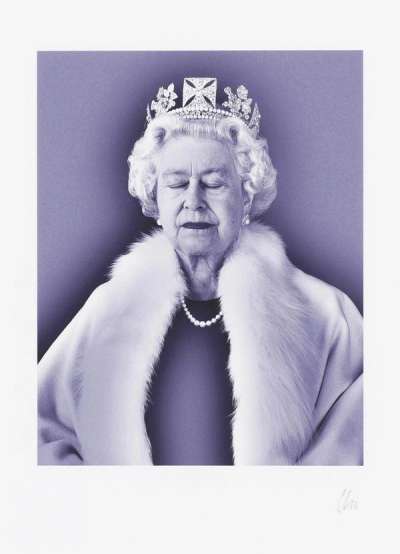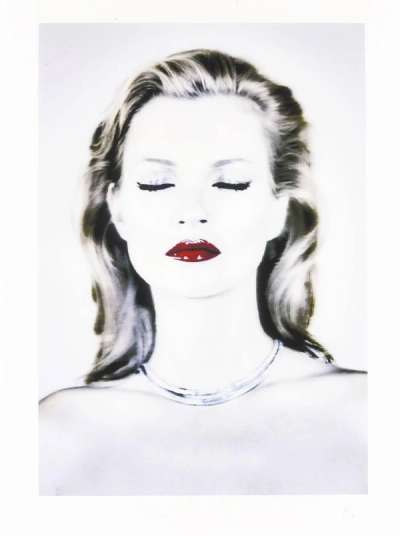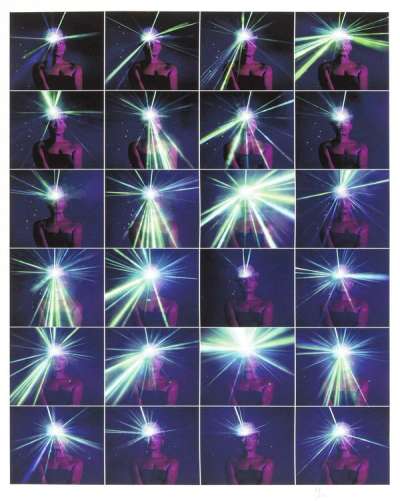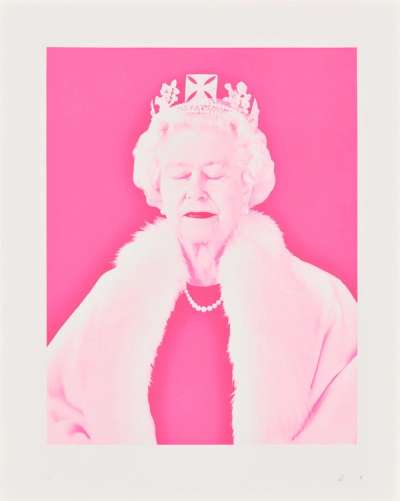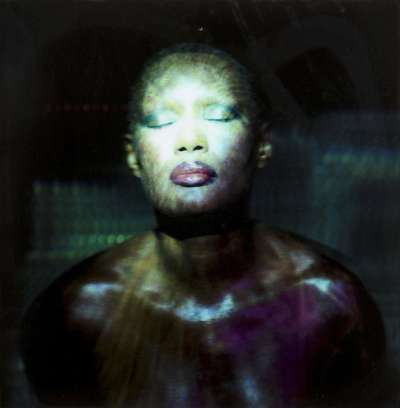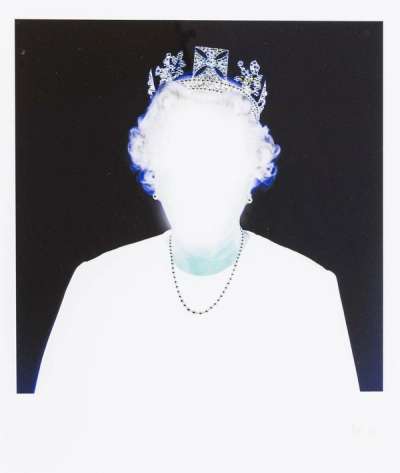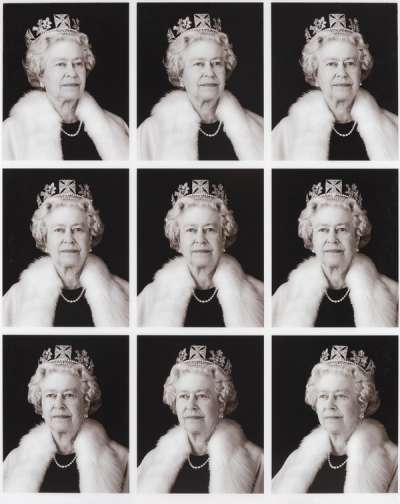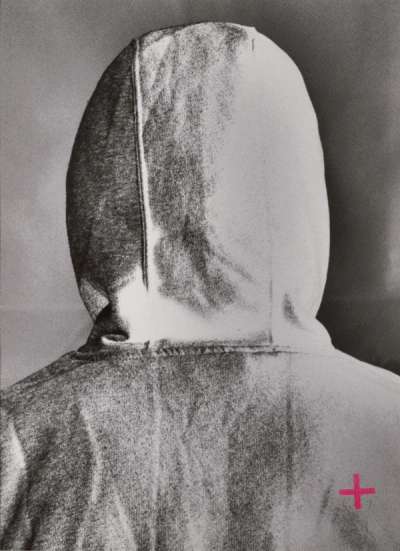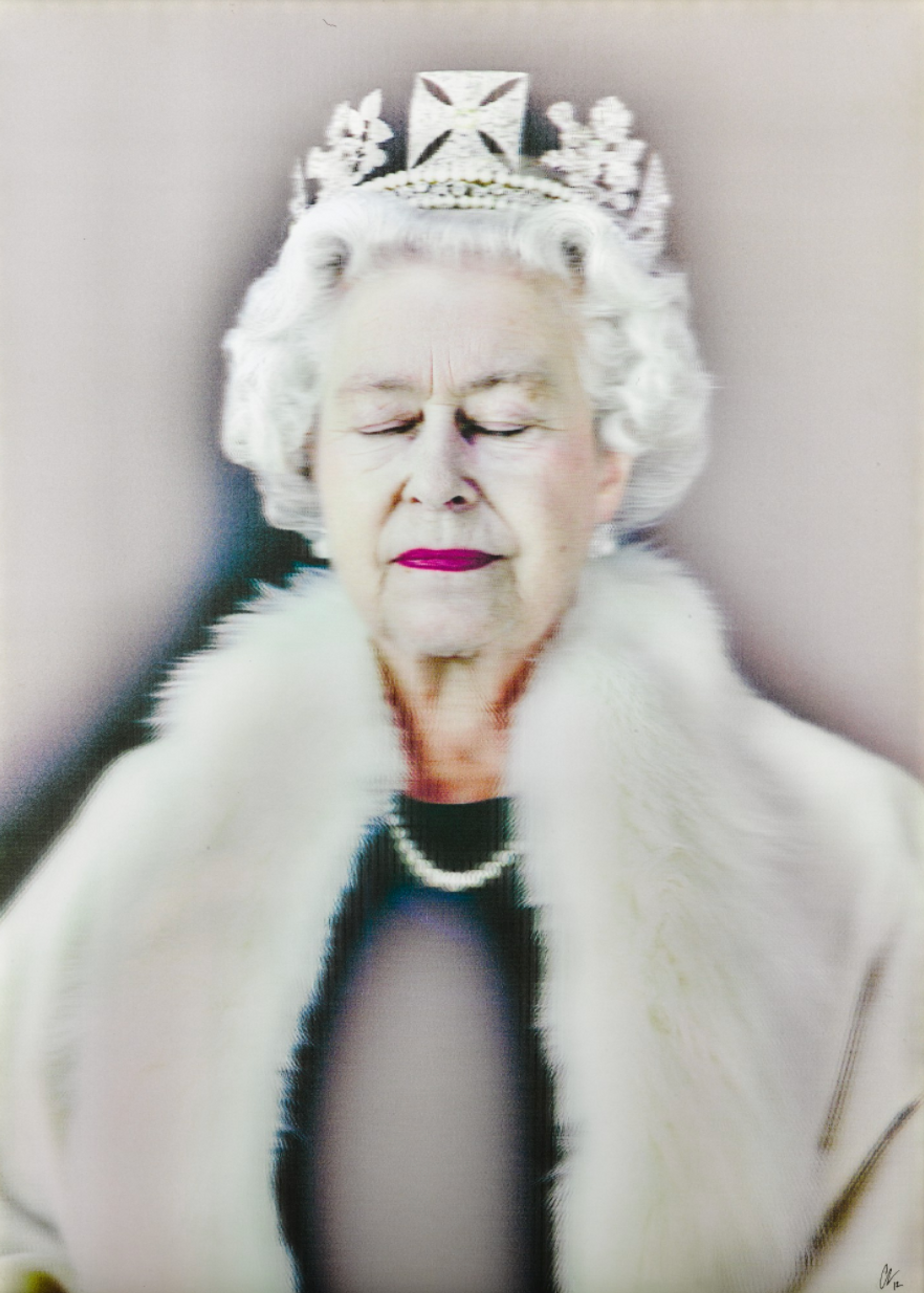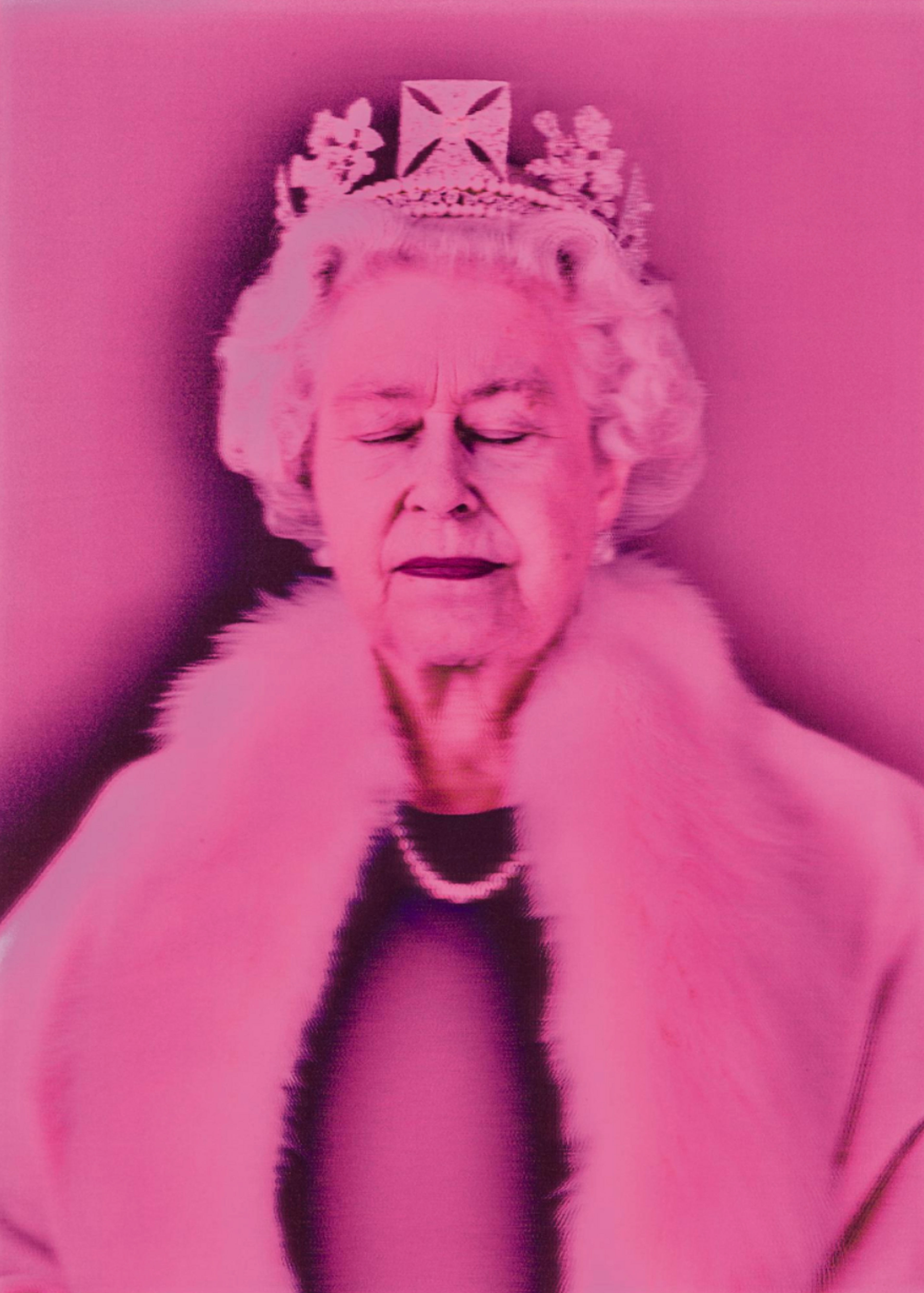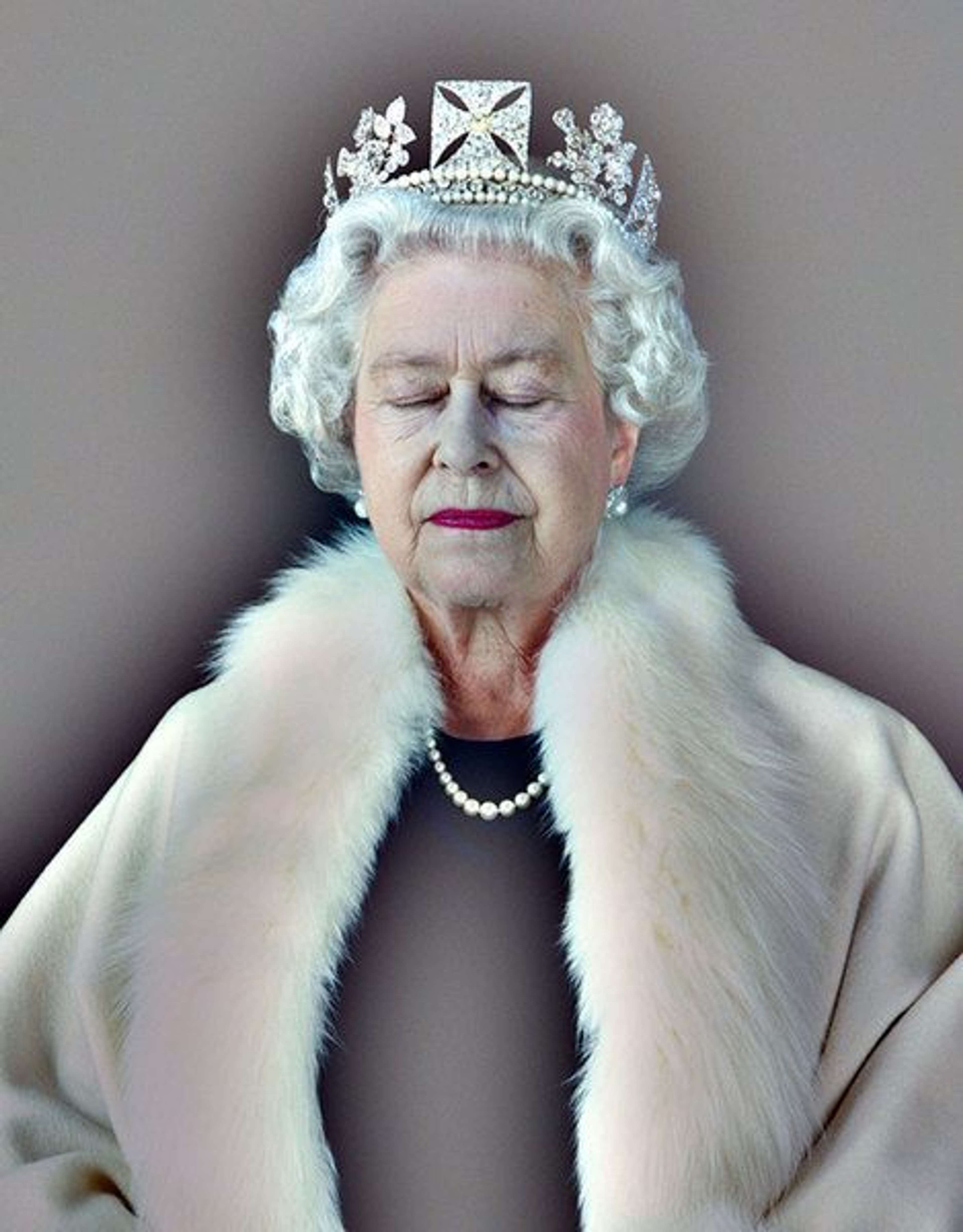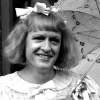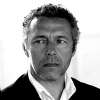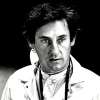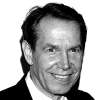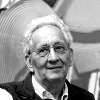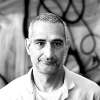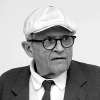Chris
Levine
For UK-based artist Chris Levine, light perception shapes his multi-disciplinary works, including his quintessential lightbox portraits of celebrities like Queen Elizabeth II. If you’re looking for original Chris Levine prints and editions for sale or would like to sell, request a complimentary valuation and browse our network’s most in-demand works.
Chris Levine art for sale
Discover Chris Levine prints for sale, exclusively available through our private network of collectors. Explore signed and unsigned screenprints, lithographs, digital prints, and rare editioned proof prints by era-defining blue chip artists.
Sell Your Art
with Us
with Us
Join Our Network of Collectors. Buy, Sell and Track Demand
Biography
Best known for his 2004 portrait of the Queen, Chris Levine’s works are unique in their combined use of light and photography. Working across multiple mediums, from photography to lazer to hologram, Levine seeks to use light and meditation to explore an ‘expanded state of perception and awareness’, creating environments or capturing subjects on a different plane.
Born in 1960 in Ontario, Canada, Levine graduated from Chelsea School of Art and later Central St. Martins with an MA in Computer graphics. Since he can remember, he was always fascinated with holograms and knew from a young age that he wanted to create for a living, whether as a designer, musician or artist. Influenced by his father who was an engineer, and his mother who painted, the artist has described himself as a child who was interested in science and always drawing. After graduating, Levine started creating holograms commercially, but soon realised that he wanted to make his own work, he wanted to make art.
Levine’s success is well attested by the number of high-profile commissions he has been entrusted with. From Grace Jones to the Dali Lama, from Queen Elizabeth II to Kate Moss, it seems everyone wants to be the subject of a Chris Levine work.
It was at the turn of the millennium that Levine found his now instantly recognisable aesthetic, when he discovered meditation. After spending ten days at a retreat in Kathmandu, Levine decided to incorporate meditation into his art: 'Increasingly my work has been informed directly out of meditation. Stillness is a portal to the divine, and by taking my subjects towards stillness, it allows for a more soulful connection with the subject, and that light radiates in the work.'
This meditative quality is most pronounced in his famous portrait of Queen Elizabeth II, Lightness of Being. Depicting The Queen with her eyes closed, the artist captures a moment of meditative calm. An unexpected by-product of a commission to commemorate the Isle of Jersey’s 800th year of allegiance to the crown, the portrait required The Queen to sit still for eight seconds at a time, while a moving camera captured 200 images per second as it moved around its subject. During takes Levine encouraged the Queen to rest and it was during this time that the image for Lightness of Being was captured.
Today, Levine’s works fetch high values at auction, with original artworks selling for six figure sums. He has exhibited globally at London’s National Portrait Gallery and Science Museum, has staged exhibitions in spaces such as Radio City in New York commissioned by MoMA, The Eden Project, The Royal Opera House, and many more.

